Home>diy>Building & Construction>When Did Construction Begin On The Parthenon?
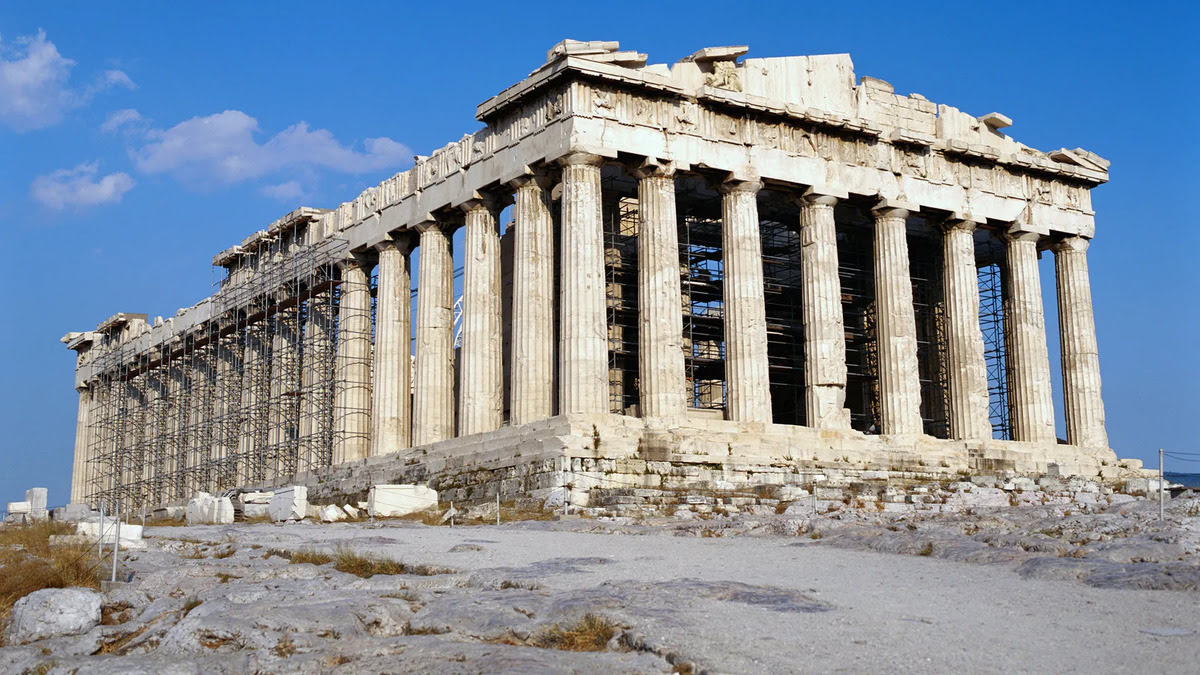

Building & Construction
When Did Construction Begin On The Parthenon?
Modified: December 7, 2023
Discover the intriguing history of the Parthenon, including when construction first began on this iconic building. Explore the evolution of building construction techniques in ancient Greece.
(Many of the links in this article redirect to a specific reviewed product. Your purchase of these products through affiliate links helps to generate commission for Storables.com, at no extra cost. Learn more)
Introduction
The Parthenon, an iconic symbol of Ancient Greece, is revered as one of the greatest architectural achievements in human history. Built on the Acropolis in Athens, this splendid temple stands as a testament to the skill and ingenuity of the ancient builders. But when exactly did construction on this magnificent structure begin?
To understand the origins of the Parthenon, we must first delve into the world of Ancient Athens and the significance of the Acropolis. Situated atop a rocky hill overlooking the city, the Acropolis held great religious and cultural significance to the people of ancient Greece. It was a sacred site dedicated to the patron goddess Athena, the goddess of wisdom, crafts, and war, and served as the center of political and religious life in Athens.
In the 5th century BCE, Athens experienced a period of great prosperity and cultural achievement known as the Golden Age. It was during this time that Pericles, the influential statesman, proposed the construction of monumental buildings on the Acropolis to showcase the power and grandeur of Athens. The Parthenon was to be the crowning glory of this ambitious project.
The construction of the Parthenon began around 447 BCE under the supervision of the renowned architects Ictinus and Callicrates, with the sculptor Phidias overseeing the artistic aspects of the project. A massive undertaking, the temple was designed to be a Doric-style peripteral temple, with a rectangular floor plan and a colonnade of columns surrounding the inner sanctum.
The selection of materials for the Parthenon was a meticulous process. The architects opted for Pentelic marble, a high-quality white marble quarried from Mount Pentelikon near Athens. This marble was prized for its durability and aesthetic appeal, and it was transported to the Acropolis via a complex system of ramps and pulleys.
Constructing such a magnificent structure required innovative techniques and careful planning. The builders employed a combination of traditional masonry and innovative construction methods. The use of interlocking marble blocks called “dovetail joints” ensured structural stability, while iron clamps helped secure the blocks together.
Artistic mastery played a crucial role in the construction of the Parthenon. The temple was adorned with ornate friezes and sculptures, depicting various mythological and historical scenes. The famous Parthenon marbles, also known as the Elgin Marbles, were exquisite works of art that added a touch of elegance and sophistication to the temple.
The construction of the Parthenon was not without its challenges. A major setback occurred in 480 BCE when the Persians sacked and burned Athens, destroying the original temple that stood on the site. It wasn’t until the mid-5th century BCE that the rebuilding efforts began. Delays and resource shortages further prolonged the construction process, but eventually, the Parthenon was completed.
In 438 BCE, the Parthenon was officially dedicated to Athena during an elaborate ceremony. The temple served as a treasury, housing valuable offerings to the goddess, and also as a place for worship and civic gatherings. It became a symbol of Athenian power and cultural prowess, standing as a testament to the Golden Age of Athens.
Today, despite the passage of centuries, the Parthenon continues to captivate visitors from around the world. Though it has suffered damage over the years, particularly during military conflicts and natural disasters, ongoing preservation and restoration efforts have helped to maintain its grandeur. The Parthenon remains a testament to the architectural brilliance of ancient Greece and a powerful reminder of the rich cultural heritage of the Western world.
Key Takeaways:
- The construction of the Parthenon began around 447 BCE, showcasing innovative techniques and meticulous planning. It served as a symbol of Athenian power and cultural prowess during the Golden Age.
- The Parthenon’s enduring significance lies in its architectural brilliance, cultural impact, and ongoing preservation efforts. Despite controversies, it continues to inspire awe and fascination as a symbol of ancient Greek civilization.
Ancient Athens and the Acropolis
The Acropolis, a fortified hilltop overlooking the city of Athens, held immense significance in the ancient world. It served as the religious and cultural center of the city-state of Athens and was dedicated to the patron goddess Athena. The Acropolis not only showcased the artistic and architectural prowess of the Athenians but also served as a symbol of their power and dominance.
The significance of the Acropolis cannot be overstated. In ancient Greek religious beliefs, it was believed to be a sacred space and the dwelling place of the gods. The Athenians built several temples and sanctuaries on the Acropolis to honor their gods and goddesses.
One of the most prominent structures on the Acropolis was the Parthenon, dedicated to the goddess Athena. The Parthenon was more than just a temple; it was a testament to the greatness of Athens and its reverence for the goddess of wisdom. Its construction marked a period of unprecedented prosperity and cultural achievement for the city.
To fully understand the importance of the Acropolis, it is necessary to delve into the historical background of Ancient Athens. Athens, known as the birthplace of democracy, was a city-state in Ancient Greece that flourished during the 5th century BCE. It was a center for intellectual and artistic pursuits and was known for its democratic governance, innovative thinking, and thriving commerce.
During the Golden Age of Athens, under the leadership of Pericles, the city experienced unprecedented growth and prosperity. Pericles initiated an ambitious building program on the Acropolis, which aimed to showcase the might and cultural achievements of Athens. This program included the construction of not only the Parthenon but also the Propylaea, the Erechtheion, and the Temple of Athena Nike.
The Parthenon, the most famous temple on the Acropolis, was designed to be a masterpiece of architectural and artistic excellence. It was a testament to the Athenians’ commitment to honoring their patron goddess and to leaving a lasting legacy for future generations. The construction of the Parthenon stands as a symbol of the Athenians’ belief in the power of architecture and art to shape the identity of a city-state.
In addition to its religious significance, the Acropolis also served as a focal point for civic and cultural activities. Athenians gathered on the Acropolis for important political and religious events, as well as for festivals and performances. It was a place where the wealth and power of Athens were on full display, providing a sense of identity and pride to the citizens.
Today, the Acropolis remains a testament to the achievements of ancient Athens and a reminder of the enduring impact of the classical Greek civilization. Despite the ravages of time, wars, and natural disasters, the Acropolis and its stunning structures continue to attract visitors from around the world. It stands as a symbol of human ingenuity and creativity and serves as a valuable archaeological site that sheds light on the rich history of Ancient Greece.
The Construction of the Parthenon
The Parthenon, an architectural masterpiece and a symbol of ancient Greek civilization, was meticulously planned and constructed with precision and skill. Its construction involved careful consideration of architectural plans, selection of materials, implementation of innovative techniques, and the contribution of talented artists and sculptors.
Architectural plans and designs for the Parthenon were developed by the renowned architects Ictinus and Callicrates. Their design sought to create a harmonious and balanced temple that would showcase Athenian power and aesthetic refinement. The temple was designed as a Doric-style peripteral temple, featuring a rectangular floor plan with a colonnade of columns surrounding the inner sanctuary.
The selection of materials for the construction of the Parthenon was a crucial aspect of the project. The architects chose to work with Pentelic marble, a high-quality white marble quarried from Mount Pentelikon near Athens. This marble was prized for its durability and aesthetic qualities, which allowed the builders to create intricate and finely detailed sculptures and architectural elements.
To transport the massive quantities of marble to the construction site, a complex system of ramps, pulleys, and lever mechanisms was employed. The transportation of the marble blocks required careful planning and coordination, as they were initially delivered to the lower slopes of the Acropolis and then raised onto the building site using cranes and scaffolding.
The techniques and methods used in the construction of the Parthenon showcased the advanced skills of ancient Greek craftsmen. The builders employed a combination of traditional masonry and innovative construction techniques. One such method was the use of interlocking marble blocks with dovetail joints, which provided structural stability to the temple. Iron clamps were also employed to secure the blocks together and prevent shifting or displacement over time.
The involvement of artists and sculptors was instrumental in bringing the Parthenon to life. The most notable artist associated with the construction of the temple was Phidias, a renowned sculptor and architect of the time. Phidias was responsible for overseeing the artistic aspects of the project, including the creation of the sculptural friezes and the famous statue of Athena Parthenos housed within the sanctuary.
The sculptures and architectural details of the Parthenon were executed with the utmost precision and artistic finesse. The iconic friezes depicted mythological and historical scenes and were adorned with intricate bas-reliefs. The use of sculptural elements, such as metopes and pediment statues, added depth and visual interest to the temple’s façade.
Overall, the construction of the Parthenon was a collaborative effort that involved skilled architects, craftsmen, and artists working in harmony to create one of the most magnificent structures of the ancient world. The careful selection of materials, innovative construction techniques, and artistic contributions all contributed to the enduring beauty and grandeur of this architectural masterpiece.
Commencement of Construction
The decision to build the Parthenon was influenced by a combination of factors, including religious devotion, political motives, and a desire to showcase the wealth and power of Athens. Once the decision was made, the project went through several initial planning stages before construction could begin. These stages involved site preparation, clearing the area, and addressing logistical considerations.
One of the key factors that led to the decision to build the Parthenon was the deep religious devotion of the people of Athens. The temple was dedicated to Athena, the city’s patron goddess, and it was believed that her favor and protection would be bestowed upon the city through the construction of such a grand temple. The Parthenon was intended to serve both as a place of worship and as a symbol of the city’s devotion to the gods.
The initial planning stages of the construction project involved careful consideration of the site and the design of the temple. The location chosen for the Parthenon was the Acropolis, a sacred hilltop overlooking Athens. This elevated position not only emphasized the grandeur and importance of the temple but also allowed it to be visible from all parts of the city, serving as a constant reminder of Athens’ power and cultural achievements.
Before construction could commence, the site had to be cleared and prepared. The existing structures on the Acropolis, including an older temple dedicated to Athena, were demolished to make way for the Parthenon. The clearing process involved removing debris, leveling the ground, and creating a suitable foundation for the new temple.
Clearing the site was no easy task, as it required the physical labor of countless workers. With the help of tools such as shovels, picks, and sledges, the workers cleared away the rubble and prepared the area for construction. This process was labor-intensive and required careful coordination to ensure the efficient removal of debris.
Additionally, logistical considerations were taken into account during the commencement of construction. The availability of resources, such as marble from the Pentelic quarries, had to be ensured. The transportation of these materials, as mentioned earlier, involved a complex system of ramps, pulleys, and cranes. The builders had to coordinate the delivery of materials to the construction site to ensure a steady supply for the duration of the project.
The commencement of construction on the Parthenon marked the beginning of a monumental undertaking that would span several years. The factors leading to the decision to build, the initial planning stages, and the clearing and preparation of the site all laid the foundation for the remarkable structure that would become one of the most celebrated architectural achievements in human history.
Timeline of Construction
The construction of the Parthenon spanned several years and went through various phases and major milestones. However, the process was not without its challenges, as the builders faced delays, setbacks, and had to overcome numerous obstacles along the way.
The construction of the Parthenon can be divided into three main phases: the foundation and substructure, the building of the superstructure, and the final touches and embellishments.
The foundation and substructure phase began around 447 BCE. It involved leveling the ground, creating a solid foundation, and constructing the base of the temple. This phase was crucial in ensuring the stability and structural integrity of the Parthenon. The workers meticulously laid the foundation stones and established the architectural grid that would guide the rest of the construction process.
Once the foundation was completed, the building of the superstructure began. This phase involved the construction of the temple’s columns, walls, and roof. The builders employed the Doric architectural style, utilizing fluted columns and entablatures to create a sense of harmony and proportion. The marble blocks were carefully cut, transported, and fitted together using advanced construction techniques.
During the construction process, delays and setbacks were inevitable. Political unrest, resource shortages, and financial constraints posed major challenges. The ongoing conflicts between Athens and other city-states, such as the Peloponnesian War, interrupted the construction progress and diverted resources and manpower.
In addition, the scarce availability of high-quality marble from the Pentelic quarries delayed the project at certain stages. The transportation of massive marble blocks from the quarries to the construction site required careful logistics and coordination. The size and weight of the stones posed challenges, but the builders overcame them through innovative methods and the use of sophisticated machinery for lifting and positioning the blocks.
Despite these obstacles, the builders pressed on and the construction of the Parthenon continued. The determination and expertise of the architects, craftsmen, and workers enabled them to overcome challenges and stay on course.
Over time, the Parthenon gradually took shape. The final phase of construction involved adding the decorative elements, such as the sculptural friezes depicting mythological and historical scenes, the metopes, and the pediment statues. These artistic embellishments added a touch of elegance and sophistication to the temple, elevating it to a true masterpiece of ancient Greek art and architecture.
After many years of hard work and dedication, the Parthenon was completed and officially dedicated in 438 BCE during an elaborate ceremony. The finished temple stood as a testament to the skill and vision of its architects and craftsmen, as well as a representation of Athens’ cultural and political power.
The construction of the Parthenon was not only a remarkable engineering feat but also a testament to human perseverance and creativity. It serves as a testament to the enduring legacy of ancient Greece and continues to be revered as one of the most significant architectural achievements in history.
Construction on the Parthenon began in 447 BC and was completed in 438 BC. It was built during the golden age of Athens under the leadership of Pericles.
Construction Techniques Employed
The construction of the Parthenon employed various techniques that showcased the advanced skills of ancient Greek craftsmen. The temple was built in the Doric order, a style of architecture characterized by its simplicity, strength, and elegance. The construction techniques included the use of columns, pediments, and intricate marble carving for sculptural details.
The Parthenon follows the principles of the Doric order, which emphasizes robustness and harmony. The architectural features of the Doric order were incorporated into the design of the temple. The columns, with their characteristic fluting and swelling, stood strong and proud as the structural backbone of the Parthenon. The entablature, consisting of the architrave, frieze, and cornice, added ornamental details to the structure.
The use of columns in the construction of the Parthenon was essential for both structural stability and aesthetic appeal. The rows of Doric columns encircling the temple provided support for the roof and created a visually pleasing rhythm. The columns were carefully spaced and aligned with precision to uphold the symmetrical balance of the overall design.
In addition to the columns, the pediments of the Parthenon played a significant role in its architectural composition. The pediments were triangular gables located at either end of the temple, above the entablature. These pediments contained sculptural elements, depicting mythological and historical scenes. The pediments added depth and visual interest to the façade of the Parthenon and showcased the mastery of ancient Greek sculptors.
Marble carving and sculptural details were integral to the construction of the Parthenon. The temple was adorned with intricate bas-reliefs and sculptures that depicted various mythological and historical narratives. The marble blocks were meticulously carved to create realistic and lifelike representations of human and divine figures.
The marble carving process involved skilled craftsmen using chisels, hammers, and other specialized tools to shape the blocks into intricate designs. The sculptural details, such as the folds of fabric, the rendering of muscles, and the expressions on faces, showcased the exceptional talent and artistic prowess of the ancient Greek sculptors. The marble sculptures were then carefully placed on the pediments, metopes, and other areas of the Parthenon, adding a touch of grandeur and storytelling to the temple’s exterior.
The construction techniques employed in the Parthenon showcased the mastery and innovation of ancient Greek builders and craftsmen. The use of the Doric order, the precise positioning of columns and pediments, and the intricate marble carving all came together to create a harmonious and visually stunning architectural masterpiece. The Parthenon stands as a testament to the enduring legacy of ancient Greek civilization and continues to inspire awe and admiration in visitors from around the world.
Completion and Dedication
The completion and dedication of the Parthenon marked a significant milestone in the ancient world. The temple’s construction culminated in an official dedication ceremony, during which final touches and embellishments were added. The Parthenon played a crucial role in Ancient Greek society, serving as a symbol of Athenian power, cultural excellence, and religious devotion.
Upon the completion of the Parthenon, an elaborate dedication ceremony was held to honor the goddess Athena, to whom the temple was dedicated. The dedication ceremonies were grand affairs, involving priests, politicians, and citizens of Athens. Animal sacrifices, processions, and religious rituals were performed to invoke the favor and protection of the gods.
The final touches and embellishments added to the Parthenon were crucial in enhancing its aesthetics and solidifying its stature as an architectural masterpiece. The decorative elements included sculptural friezes that adorned the exterior of the temple, depicting mythological and historical scenes. These bas-reliefs captured the imagination of onlookers and showcased the artistic mastery of ancient Greek sculptors.
The pediments of the Parthenon were also adorned with sculptures, which added a three-dimensional aspect to the temple’s design. These sculptures depicted various mythological narratives and served as a visual representation of the rich cultural and religious heritage of Athens. The inclusion of such detailed and intricate sculptural elements elevated the Parthenon to a level of artistic grandeur that was unmatched in the ancient world.
The dedication of the Parthenon was more than a mere ceremonial event; it carried great significance in Ancient Greek society. The temple served as a symbol of Athenian power and cultural excellence, highlighting the city’s achievements in art, architecture, and philosophy. It represented the culmination of the Golden Age of Athens, a period of remarkable intellectual and artistic flourishing.
Furthermore, the Parthenon held immense religious importance for the citizens of Athens. It was believed to be the dwelling place of the goddess Athena, and it served as a center for religious worship and civic ceremonies. The Athenians saw the Parthenon as a testament to their devotion to the gods and as a place where they could seek divine favor and guidance.
The Parthenon also played a significant role in asserting Athens’ dominance and influence in the ancient world. Its grandeur and architectural splendor attracted visitors from far and wide, serving as a testament to the cultural refinement and sophistication of Athenian society. The temple’s reputation spread throughout the ancient world, further enhancing Athens’ prestige and establishing it as a revered center of civilization.
Today, the Parthenon continues to capture the imagination of people worldwide. While the passage of time and various historical events have caused damage to the temple, ongoing preservation and restoration efforts have helped maintain its allure and cultural significance. The Parthenon stands as a lasting testament to the achievements of ancient Greece and serves as a powerful reminder of the enduring legacy of Athens’ golden era.
The Role of the Parthenon Today
The Parthenon, despite its ancient origins, continues to play a significant role in the modern world. From preservation and restoration efforts to its importance in tourism and cultural heritage, the Parthenon remains a remarkable symbol of ancient Greek civilization. However, it is not without its share of controversies.
Preservation and restoration efforts have been ongoing to ensure the longevity of the Parthenon. Over the centuries, the temple has suffered damage due to wars, natural disasters, and human activities. In recent times, conservation projects have focused on stabilizing the structure, preventing further deterioration, and repairing past damages. The delicate task of restoration aims to preserve the original elements of the Parthenon while addressing the effects of time and external forces.
The Parthenon has become an iconic tourist attraction, drawing visitors from all corners of the globe. Its grandeur, historical significance, and architectural brilliance make it a must-visit destination for those interested in ancient Greek culture. Tourists are captivated by the artistry of the sculptural friezes, the monumental size of the columns, and the overall majesty of the temple. The Parthenon’s popularity as a tourist site has had a significant economic impact on the surrounding region, boosting local businesses and creating employment opportunities.
Beyond its tourism value, the Parthenon holds tremendous cultural significance. It serves as a tangible link to the ancient past and a reminder of the enduring legacy of ancient Greek civilization. The ideals of democracy, artistic expression, and intellectual pursuit that flourished in ancient Athens are embodied by the Parthenon. The temple symbolizes the remarkable achievements of the Athenian people and their contributions to art, philosophy, literature, and sciences.
However, the Parthenon is not without its controversies. One major issue surrounding the temple is the ongoing dispute over the ownership and display of the Parthenon Marbles, also known as the Elgin Marbles. These sculptural elements were removed from the Parthenon by Lord Elgin, a British diplomat, in the early 19th century and later acquired by the British Museum in London. Greece has long campaigned for the repatriation of these marbles, arguing that they are an essential part of their cultural heritage.
Another controversy revolves around the restoration of the Parthenon itself. Debates regarding the appropriate approach to restoration have arisen, with differing opinions on how to balance authenticity and preservation. Some argue for minimal intervention to maintain the weathered state of the temple, while others support more extensive restoration to recreate its original appearance. Finding a balanced approach that respects the historical value of the Parthenon while ensuring its preservation for future generations remains a challenge.
Despite the controversies, the Parthenon stands as a testament to human achievement and continues to inspire awe and fascination. As a symbol of democracy, cultural heritage, and artistic brilliance, it remains an emblematic landmark that captures the imagination of people from all walks of life. The Parthenon’s role in the modern world goes beyond its architectural splendor, echoing the enduring legacy of Ancient Greece and its profound impact on human civilization.
Conclusion
The Parthenon, standing proudly on the Acropolis in Athens, serves as an enduring testament to the architectural brilliance and cultural achievements of ancient Greece. From its meticulous construction techniques to its intricate sculptural details, the Parthenon has captivated the world for centuries.
The construction of the Parthenon represents a remarkable feat of engineering, innovation, and artistic mastery. The architects, craftsmen, and sculptors involved in its creation showcased their immense skills and craftsmanship. The careful selection of materials, the precision in construction techniques, and the attention to artistic details all contribute to the Parthenon’s standing as an architectural marvel.
The completion and dedication of the Parthenon were celebrated with grand ceremonies, solidifying its significance in Ancient Greek society. The temple’s role as a center of religious worship, a symbol of Athenian power, and a testament to cultural excellence cannot be overstated. The Parthenon’s impact on Athens’ identity and its influence on subsequent civilizations cannot be underestimated.
In modern times, preservation and restoration efforts ensure that the Parthenon continues to stand as a symbol of ancient Greek civilization. The care taken to protect and restore the temple ensures its longevity and enables visitors to appreciate its beauty and historical significance. The Parthenon has become a magnet for tourists, drawing individuals from all corners of the world to marvel at its architectural prowess and experience its cultural heritage.
However, the Parthenon is not without its share of controversies. The debate over the repatriation of the Parthenon Marbles remains contentious, highlighting lingering issues surrounding ownership and display of cultural artifacts. Additionally, discussions surrounding restoration efforts raise questions about striking a balance between preserving the temple’s authenticity and ensuring its preservation for future generations.
Nevertheless, the Parthenon stands as a beacon of ancient Greek civilization, representing the heights of human achievement and inspiring awe and admiration. It serves as a reminder of the intellectual, artistic, and cultural legacy that has shaped our modern world. The temple’s enduring presence and its ability to evoke a sense of wonderment reflect the timeless appeal and timeless relevance of its architectural brilliance.
As we gaze upon the majestic Parthenon, we are transported back in time to the glory of Ancient Greece. We are reminded of the ingenuity and creativity of our ancestors, who crafted this masterpiece. The Parthenon stands as a testament to the power of human imagination, artistic expression, and cultural significance. It continues to captivate our hearts and minds, inviting us to contemplate the wonders of the ancient world and appreciate the enduring legacy of the Parthenon and the extraordinary civilization that produced it.
Frequently Asked Questions about When Did Construction Begin On The Parthenon?
Was this page helpful?
At Storables.com, we guarantee accurate and reliable information. Our content, validated by Expert Board Contributors, is crafted following stringent Editorial Policies. We're committed to providing you with well-researched, expert-backed insights for all your informational needs.



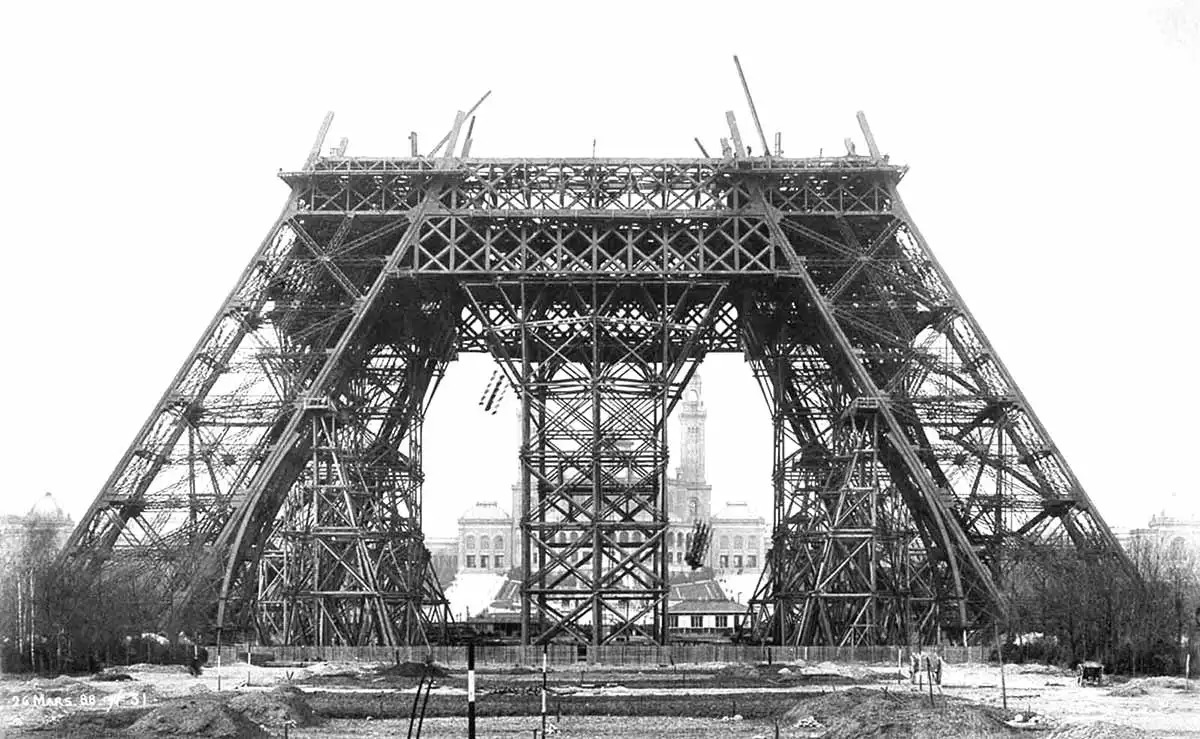
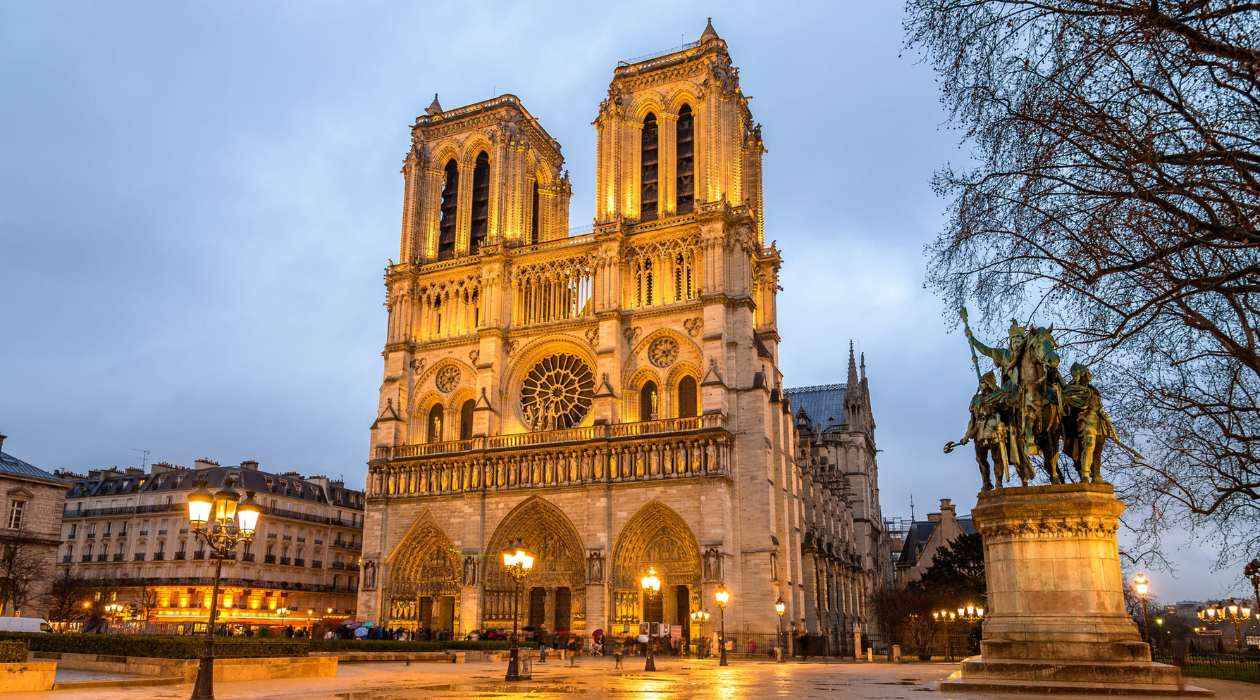

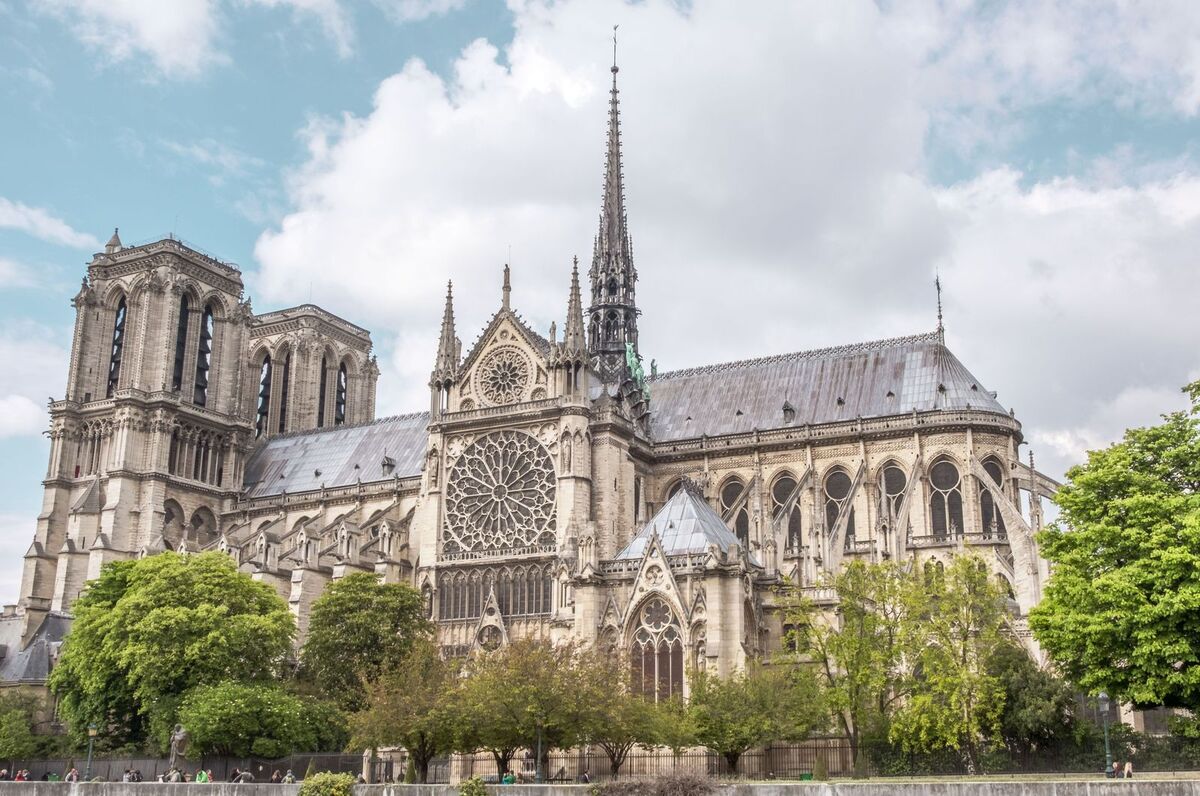
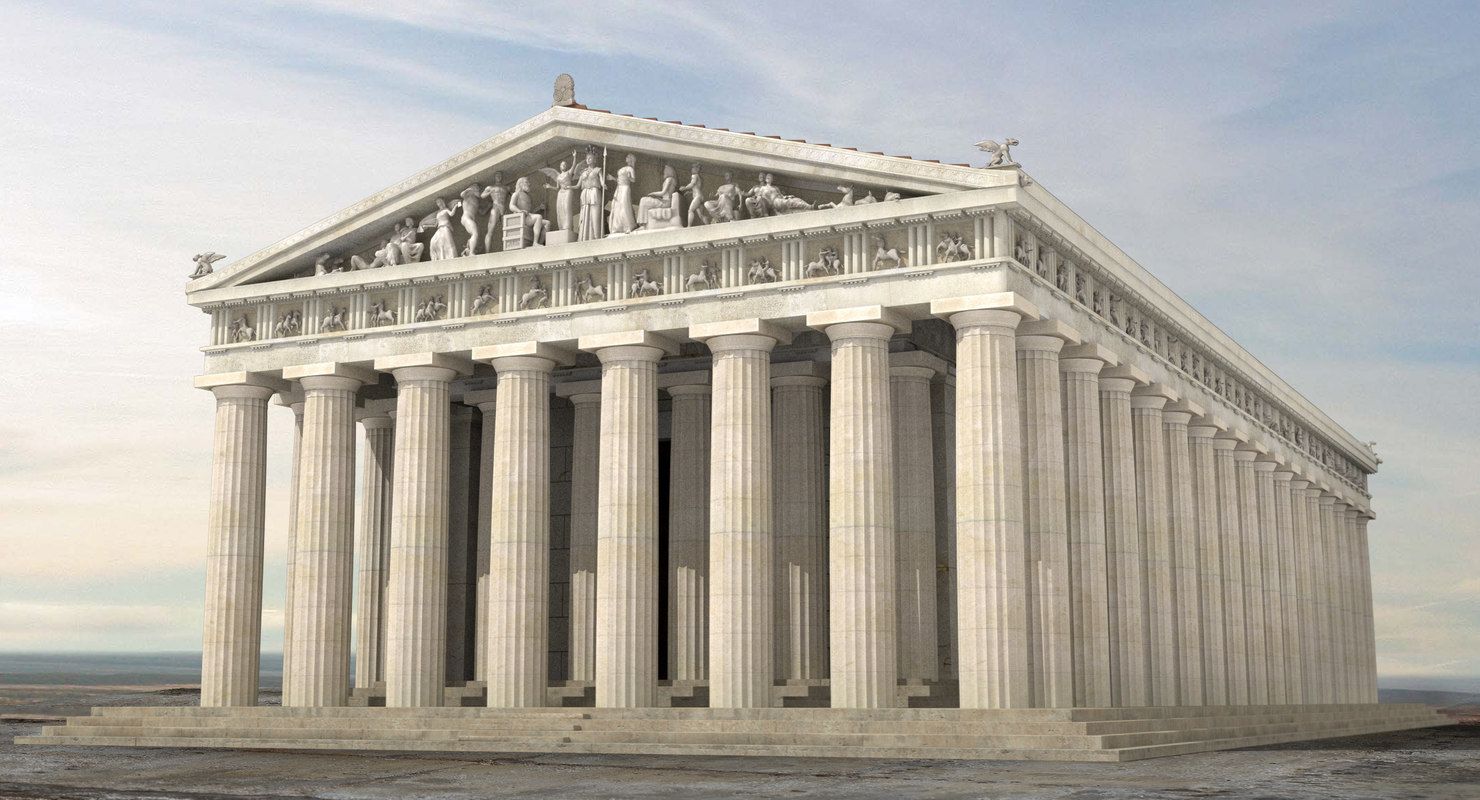







0 thoughts on “When Did Construction Begin On The Parthenon?”